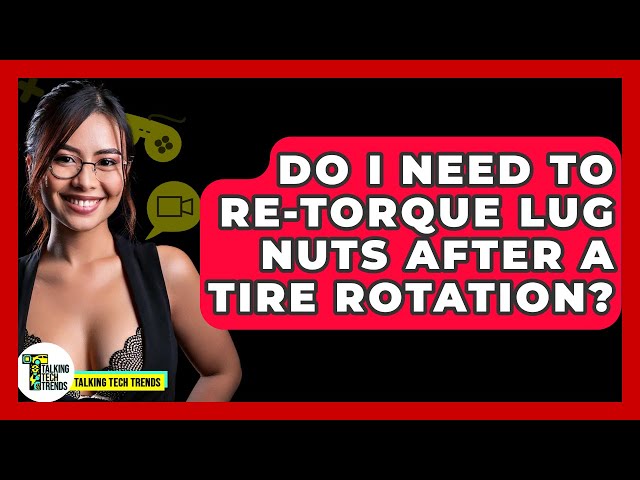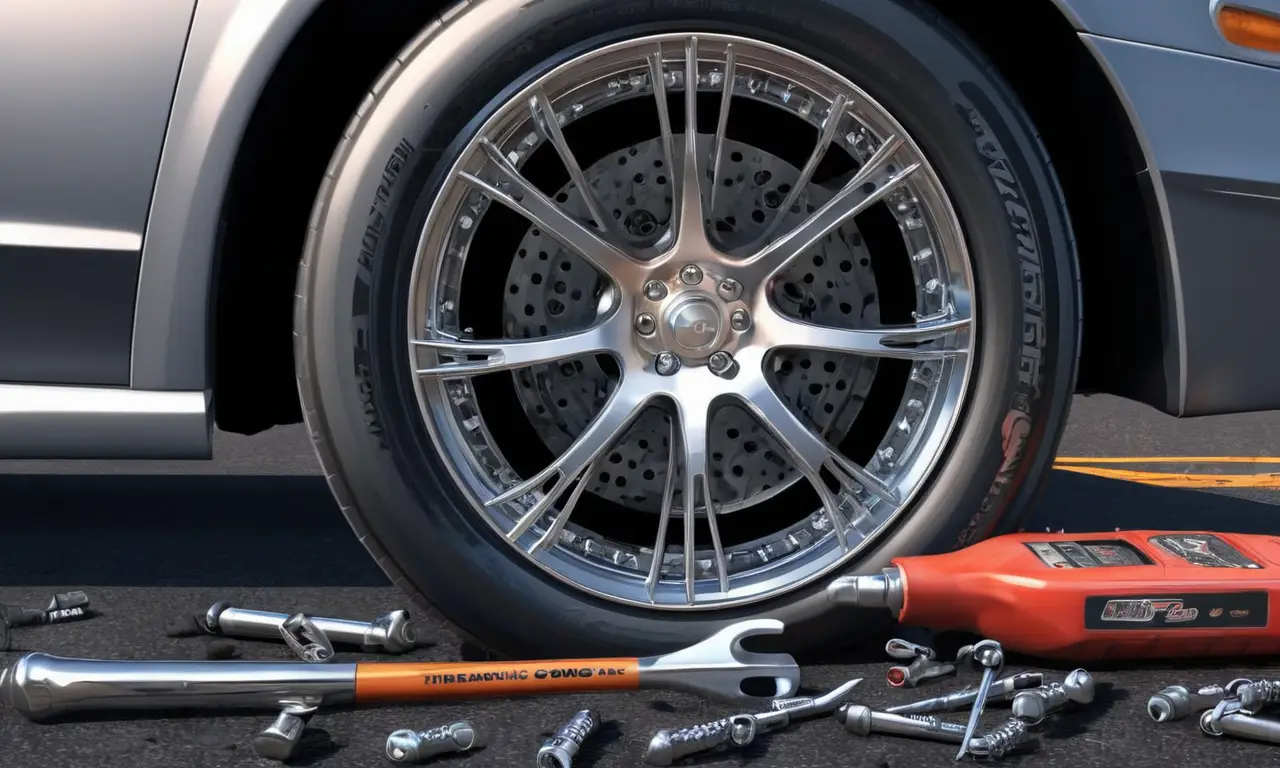
Rotating your tires is an essential part of vehicle maintenance, promoting even wear and extending tire life. However, this process can sometimes lead to lug nuts loosening over time. To ensure optimal wheel security and prevent potential accidents, it’s crucial to retorque lug nuts after tire rotation. This guide will delve into the importance of retorquing, the process involved, and safety precautions to keep in mind.
This article will explore the reasons behind retorquing lug nuts, explain how tire rotation can contribute to loosening, and provide a step-by-step guide on using a calibrated torque wrench for safe and effective retorquing. We’ll also highlight essential safety precautions to ensure your well-being during this process.
Importance of Retorquing Lug Nuts
Retorquing lug nuts after tire rotation is non-negotiable for several reasons. Firstly, the act of rotating tires can slightly loosen existing lug nut tightness due to the force applied during removal and reinstallation. Secondly, driving conditions like bumps, potholes, and uneven road surfaces can further contribute to lug nut loosening over time.
Neglecting to retorque lug nuts after tire rotation poses a significant safety risk. Loose lug nuts can lead to wheel detachment while driving, resulting in catastrophic accidents. This emphasizes the critical need for proper retorquing to maintain secure wheel attachment and prevent potential hazards on the road.
Tire Rotation and Lug Nut Loosening

Tire rotation is a vital maintenance practice that involves moving tires from one position on the vehicle to another. While this promotes even wear and extends tire life, it can inadvertently loosen lug nuts.
During tire rotation, mechanics or individuals performing the task may not tighten lug nuts to their original torque specifications. This can create a scenario where lug nuts are slightly loose after rotation. Furthermore, driving conditions after rotation can exacerbate this issue. Vibrations from the road surface and uneven weight distribution can cause further loosening over time.
Manufacturer-Specified Torque Specifications
Every vehicle model has specific torque specifications for its lug nuts, determined by the manufacturer. These specifications are crucial for ensuring proper wheel security and preventing damage to the wheel studs or hub.
Finding the correct torque specifications is essential before retorquing lug nuts. Consult your vehicle’s owner’s manual, a reliable online resource like a manufacturer website, or a trusted mechanic for accurate information. Using a calibrated torque wrench set to the manufacturer-specified torque is paramount for safe and effective retorquing.
Using a Calibrated Torque Wrench

A calibrated torque wrench is an indispensable tool for accurately tightening lug nuts to the required specifications. This specialized wrench measures the amount of force applied during tightening, ensuring that lug nuts are not overtightened or undertightened.
Before using a torque wrench, ensure it’s properly calibrated and functioning correctly. Follow the manufacturer’s instructions for calibration procedures. When retorquing lug nuts, apply the torque in a star pattern, gradually tightening each nut to the specified value. Avoid applying excessive force or jerking motions, as this can damage the wheel studs or lug nuts.
Safety Precautions for Retorquing
Retorquing lug nuts requires attention to safety precautions to prevent injury and ensure proper results. Always work on a level surface with the vehicle securely parked and engaged in “Park” or “Neutral” gear.
Wear appropriate safety gear, including gloves and eye protection, to protect yourself from potential hazards. Keep children and pets away from the work area. If you’re unsure about any aspect of retorquing lug nuts, consult a qualified mechanic for assistance.
Conclusion
Retorquing lug nuts after tire rotation is an essential safety practice that should never be overlooked. By understanding the importance of proper retorquing, using a calibrated torque wrench, and adhering to safety precautions, you can ensure optimal wheel security and prevent potential accidents. Remember, your safety and the well-being of others on the road depend on it.
